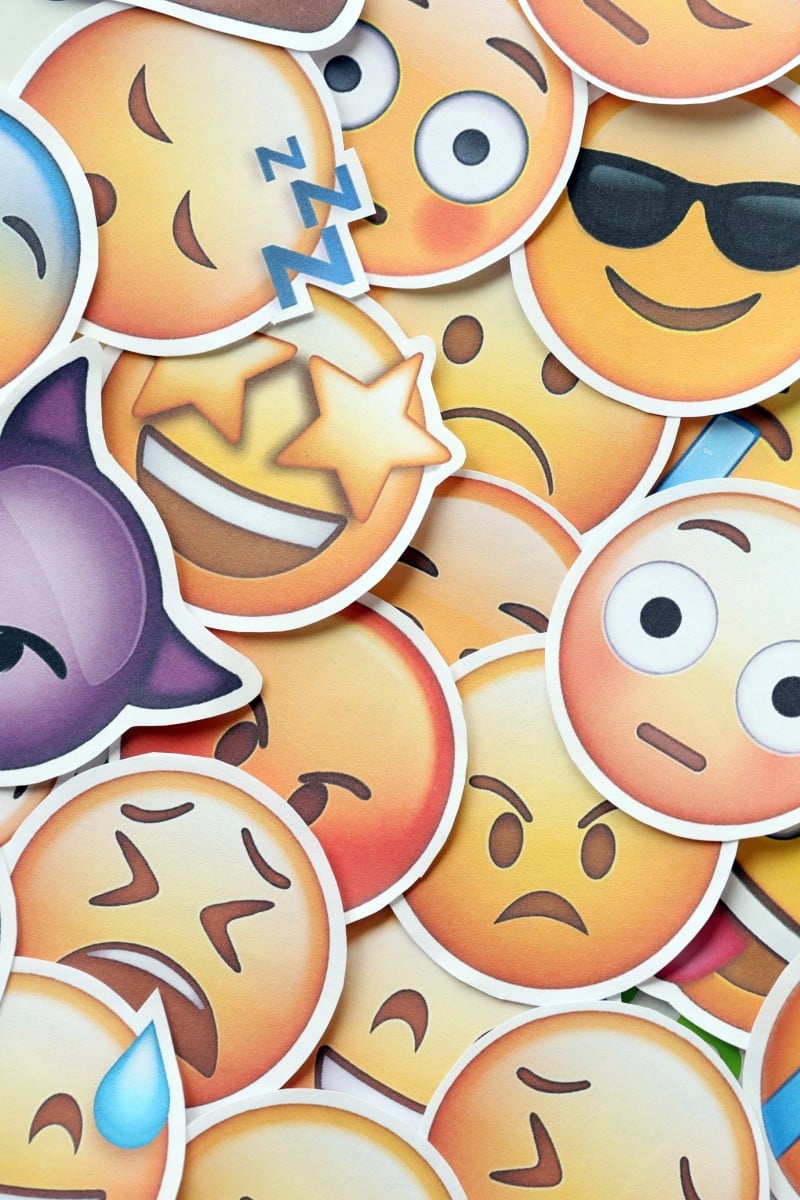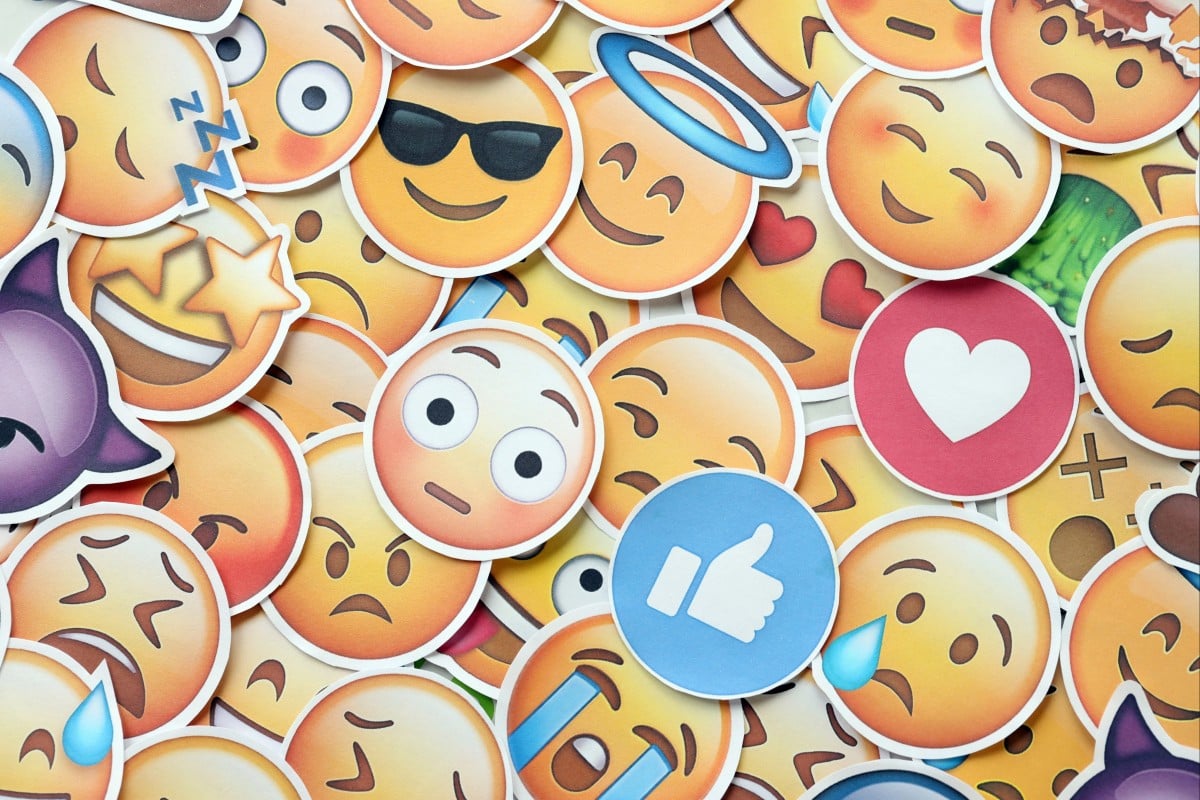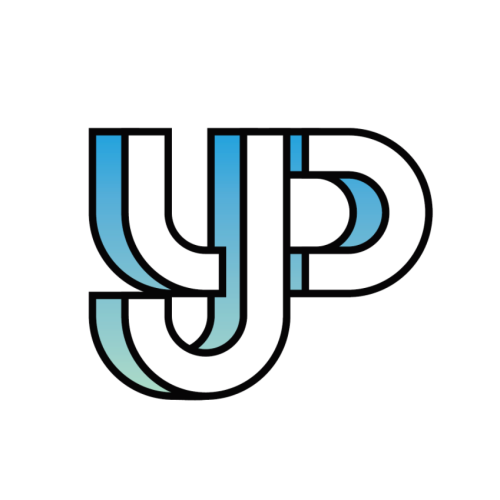
Top 10: What is one emoji you want to eliminate, and why?
Students argue against ambiguous, offensive or overused symbols affecting digital communication
 Students debate which emojis should be eliminated, highlighting their impact on digital communication and emotional expression. Photo: Shutterstock
Students debate which emojis should be eliminated, highlighting their impact on digital communication and emotional expression. Photo: ShutterstockThis week’s question: If you could meet one historical figure, who would it be, and what would you say to them? To take part, drop us a line via this form by 12pm on Wednesday, May 14.
Lau Ka-yue, 16, Pui Kiu College: The thumbs down emoji represents negativity. In times of great turbulence and uncertainty, we should support one another rather than undermine each other’s confidence. I believe there are always better ways to express differing opinions and promote improvement.
Owen To Man-kwan, 15, Tsuen Wan Public Ho Chuen Yiu Memorial College: The skull emoji has completely taken over online humour, and I understand the frustration. It has become the go-to reaction for expressing absurdity, self-deprecation, or mocking cringe – so versatile that it’s now the digital equivalent of a laugh track. However, when every other comment includes phrases like “bro is NOT him” or “me after reading that,” it starts to feel less like cleverness and more like a collective crutch. Ironically, even critiquing this trend requires using the emoji, which highlights how deeply embedded it has become.
Ansley Rae Au, 17, King Ling College: I would want to eliminate the awkward smiling emoji. This emoji always gives me an uneasy feeling and I don’t how to respond when people send it to me. I feel the usage and meaning of this emoji differs from person to person, and it’s difficult to distinguish what the other person means behind a screen. It is often confusing and has led to minor conflicts between me and my friends!
How emojis cause confusion for people young and old
Chan Yin-tsung, 17, Carmel Alison Lam Foundation Secondary School: The unamused face emoji often expresses dissatisfaction and mild disdain in a somewhat ambiguous manner. When used in digital communication, it can lead to misunderstandings about the sender’s tone, which may result in unnecessary conflicts. If I receive this emoji, I might interpret it as the sender disliking me.
Bobo Chung Ka-po, 14, Pope Paul VI College: The blushing face emoji has become the ultimate fake smile – used to hide annoyance, awkwardness or passive aggression. Friends send it when they are mad, coworkers use it to seem “polite” and texts feel colder because of it. Removing the blushing face emoji might force us to say what we really mean, or just stay silent, instead of masking emotions.
Vinnis Lee Hin-yau, 15, TWGHs Li Ka Shing College: The crying emoji is often used in conversations about sad topics, but it has also evolved to express emotions related to touching moments. It is interesting to consider why people cry not only when faced with sadness but also during poignant experiences. Ultimately, we should strive to find happiness, as life is meant to be enjoyed.
Tam Ka-po, 16, TWGHs Chi-Li Pao School: The “poo poo” emoji is quite disgusting and can make others feel sick.
Sonia Tam, 14, Pooi To Middle School: The middle finger emoji is offensive and lacks versatility. Unlike other emojis that can enhance communication, this one primarily serves to widen gaps.
Joseph Zhu Zijiang, 13, Pui Kiu College: The praying emoji can be quite confusing. Does it mean pray, thanks, please, or high five? Many people misinterpret it, thinking you are religious when you are simply saying thank you. Using clearer emojis could eliminate the guesswork. Let’s save everyone from the “Wait, what did that mean?” texts.
Keroppi Wong Tze-kiu, 13, St Francis of Assisi’s College: The shut up emoticon is considered quite impolite. I believe that the phrase shut up can be expressed more politely, such as by saying, “Could you please let me speak first?” Sending this emoticon may make the other person feel uncomfortable.
